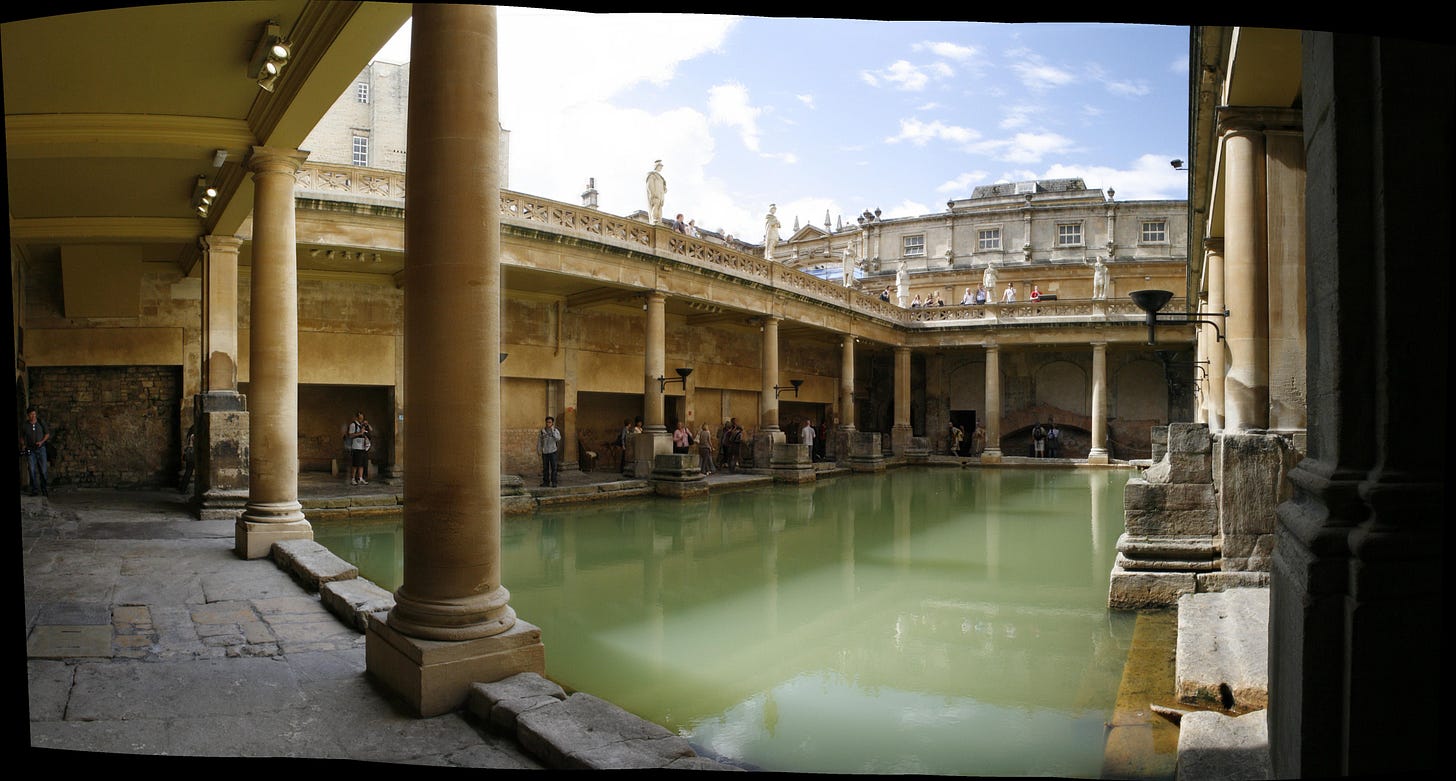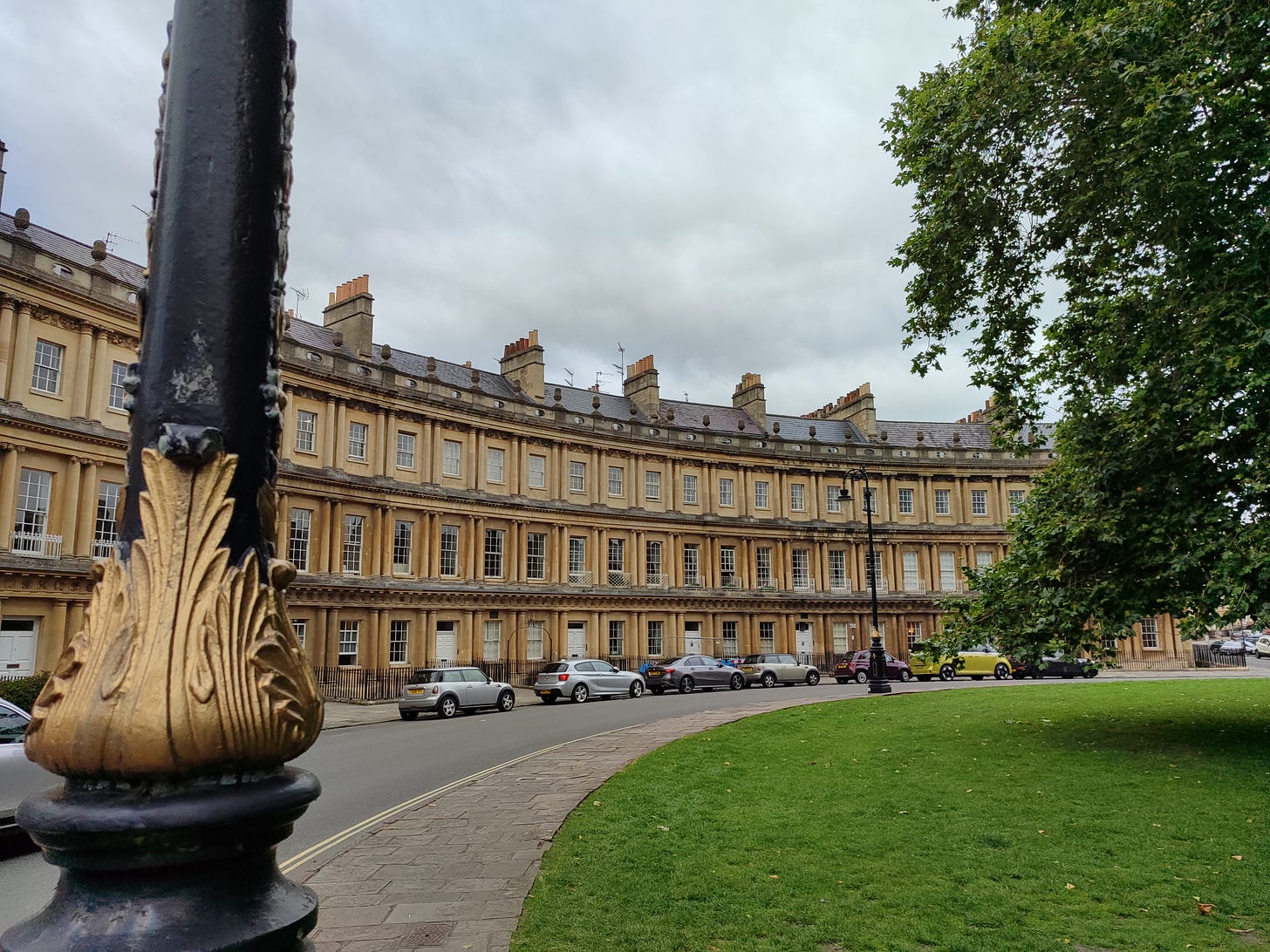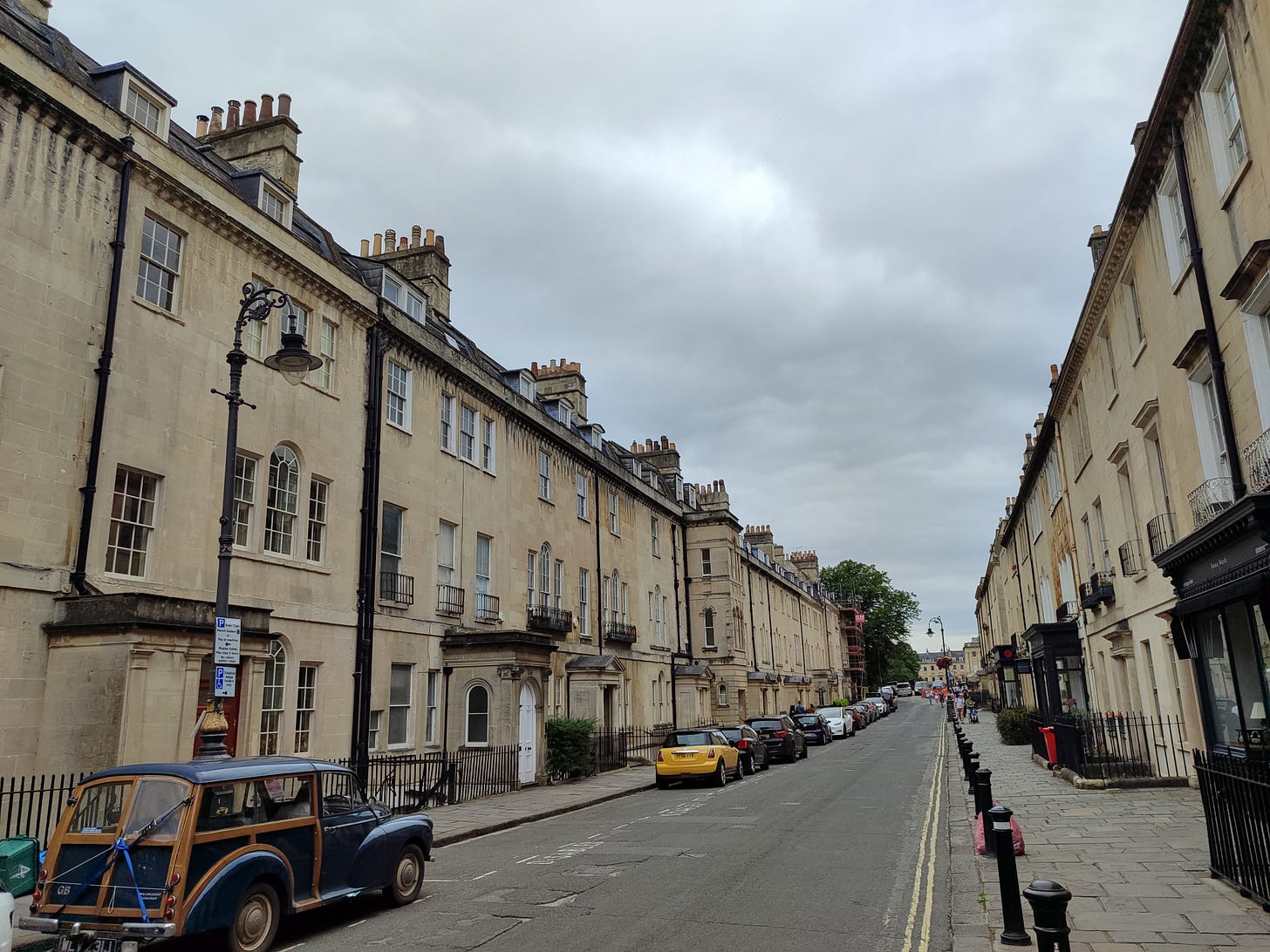A Journey Through Time in the Historic City of Bath
UNESCO Sites in the UK: City of Bath (visited August 2023)
If you think only Rome is the archetype of ancient charm, think again—Bath, with its Roman roots and Georgian elegance, holds its own charm as a UNESCO World Heritage Site. I’ve always been fascinated by Bath’s history and architecture, and, finally, I visited it in 2023. And I’m sure I’ll be back since it has so much to offer and since I didn’t take a boat tour this time.
If you have never thought about it, Bath has layers of history, from the Romans to the Victorians, and I will share my experience exploring this beautiful city.
Over the next 2 weeks, my FlashFacts publication will bring you bits and pieces about the United Kingdom, and if you are still not subscribed, follow the link and subscribe.
About the Site
Bath is known for its natural hot springs, which is why the Romans built luxurious baths here in the 1st century AD. Later, during the 18th century, the city became a center of Georgian society, and examples of stunning architecture are the Royal Crescent and the Circus. The entire city was designated a UNESCO World Heritage Site in 1987 for its cultural and historical significance.
So, as you can imagine, Bath is a timeless destination where you can step back in history: as I walked along the city streets and towards the Crescent, it felt like being in a time machine 😊
Key terms explained
Roman Baths: The ancient public bathing complex built by the Romans around natural hot springs in Bath, which were used for both socializing and religious purposes.
Georgian Architecture: A style of architecture popular in the 18th century, characterized by symmetry, classic proportions, and the use of stone, seen prominently in crescents and squares of Bath.
Palladian architecture: An architectural style based on the designs of the 16th-century Italian architect Andrea Palladio, known for emphasizing classical Roman elements like symmetry, proportion, and the use of columns. This style became popular in 18th-century Britain and Europe, influencing the design of grand country houses and public buildings with its elegant, balanced forms.






